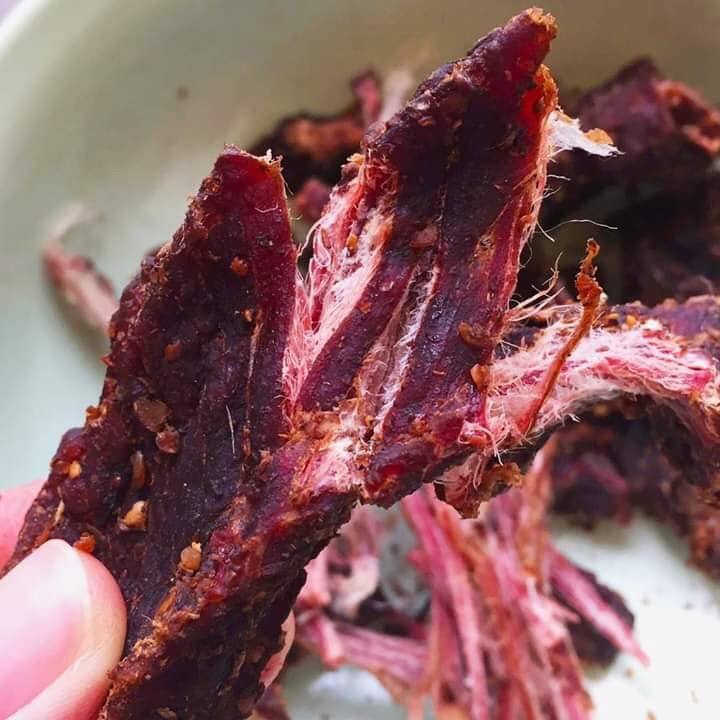Food dehydrators and freeze dryers are two common types of household appliances used for drying food. Many people have always wanted to understand the advantages and differences between them. Let’s explore this together.

Operating Principles
Firstly, the operating principles of the two are completely different.
- Food Dehydrators work by using hot air to remove moisture from food, making the food more concentrated. Because the process involves high temperatures, it usually alters the texture and nutritional content of the food.
- Freeze Dryers, on the other hand, work in a low-temperature vacuum environment, where the moisture in food is sublimated directly into vapor. This process does not involve high temperatures, thus perfectly preserving the food’s nutritional content as well as its shape, color, and taste.
Nutritional Retention
There is also a difference in nutritional retention between dehydrators and freeze dryers. Dehydrators use hot air (usually above 50 degrees Celsius) to dry the food, which at high temperatures can alter proteins and other nutrients, negatively affecting the preservation of the food’s nutritional content. Freeze dryers, operating at low temperatures (usually below minus 30 degrees Celsius) in a vacuum, sublimate the moisture directly into vapor. This process retains the nutrients very effectively, making freeze-dried foods richer in nutrition.
Food Texture
The texture of the food is different due to the dehydration process. High temperatures during dehydration reduce the moisture in food, making it more concentrated and potentially altering the texture, sometimes making some foods harder. Since the moisture in freeze drying is sublimated directly into vapor at low temperatures, the texture and taste of freeze-dried food remain closer to their original state, making them typically more crispy and preserving the original flavors of the food.
Usage Scope
- Food Dehydrators are suitable for a variety of fruits, vegetables, meats, and other ingredients, requiring a longer time to complete the dehydration process.
- Freeze Dryers have a broader range of uses than dehydrators. In addition to common foods like fruits, vegetables, and meats, they can also freeze-dry a variety of other foods you can imagine, such as coffee, cheese, chocolate, and milk. Moreover, freeze dryers are widely used in biopharmaceuticals, laboratories, and other fields.

Storage and Shelf Life
Both dehydrators and freeze dryers can effectively extend the shelf life of food. Since dehydrators cannot completely remove moisture from food, it is susceptible to moisture or mold, and thus has a relatively shorter shelf life. It needs to be stored in airtight packaging or containers. Freeze dryers, however, can remove up to 99.5% of moisture from food, greatly extending its shelf life without the need for preservatives, potentially up to 25 years under ideal conditions. Of course, to extend shelf life, freeze-dried foods also need to be packaged using vacuum-sealed bags or sealed containers.
Cost Analysis
The cost of dehydrators and freeze dryers is a topic of interest to everyone. Dehydrators are relatively inexpensive, ranging from a few dozen to several hundred dollars. The purchase price of freeze dryers starts at around two thousand dollars, which is relatively high. Given the high market prices for freeze-dried foods, purchasing a home freeze dryer is a cost-effective choice for consumers who need to freeze-dry foods regularly.
For more information about home freeze dryers, you may also refer to these articles:
Small Cube Home Freeze Dryer: Transforming Your Family Life
Do Freeze Dryers Use A Lot Of Electricity?
OEM Freeze Dryers: Customize Your Own Brand






